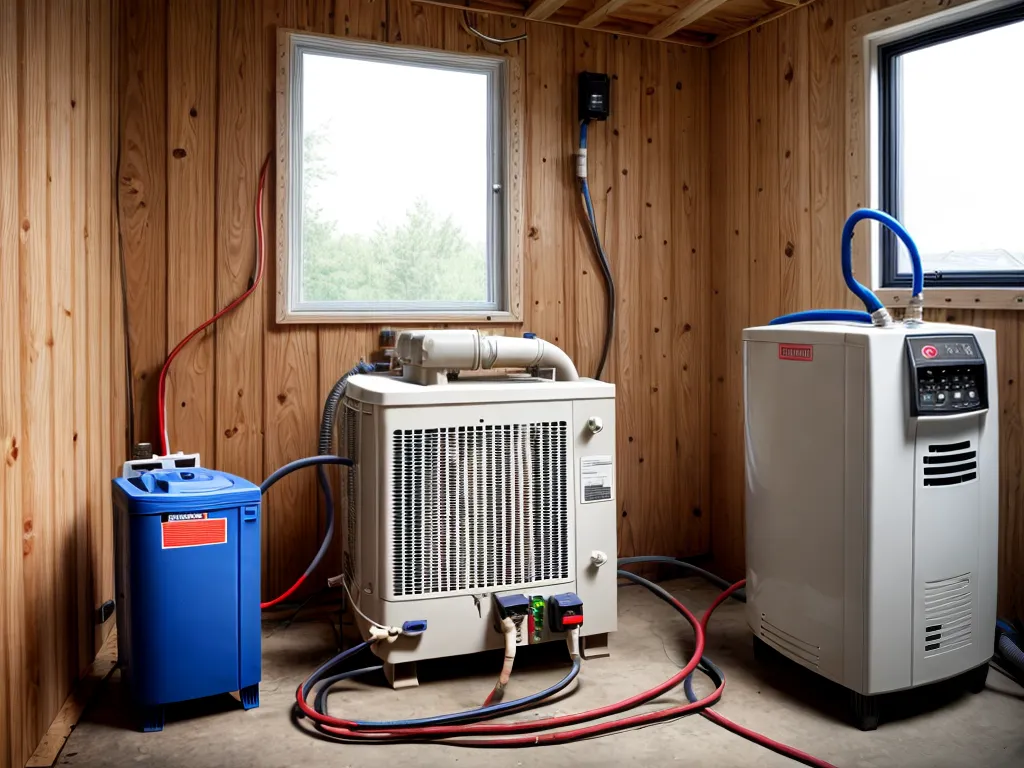
How to Wire a Generator to Your Home
Introduction
Installing a generator to provide backup power to your home can be a complex project, but it can provide invaluable peace of mind by keeping your lights, heating, refrigeration, and key electrical devices powered in the event of a blackout. This guide walks through the key steps to take when wiring a generator to your home.
Determine Your Power Needs
The first step is figuring out what devices and appliances you want to power so you can determine the generator capacity needed. Make a list of essentials like your refrigerator, well pump, some lights, and any medical devices. Calculate the total wattage required. A generator must meet or exceed the starting wattage of the largest device. You will need a transfer switch rated for your electrical load.
Choose a Generator
The two main options are portable generators and standby whole-house generators.
Portable Generators
These need to be started manually and plugged into your transfer switch. Sizing is crucial - too small and it will not start motor-driven appliances. Too large can overheat if underloaded. Choose based on running wattage needed, not startup wattage.
Standby Generators
These are permanently installed outside the house and come on automatically. They allow whole-house coverage but are more expensive. Ensure it can handle startup surge wattages. Get one with automatic load monitoring.
Install a Transfer Switch
A transfer switch is essential to safely isolate house circuits from the utility lines. This prevents backfeed to linesmen working to restore power. Hire an electrician to install the transfer switch between the main panel and utility meter. Choose between:
- Manual transfer switches - must be operated manually
- Automatic switches - sense loss of power and switch automatically
Make sure it is rated for your generator's wattage.
Connect the Generator
Run wires from the generator to the transfer switch through a protected outdoor conduit. The transfer switch isolates the live circuits. You can then connect individual circuits.
Consult an electrician on proper generator and transfer switch hookup.
Startup and Operation
Once fully wired:
-
Start the generator outdoors and let it warm up.
-
Manually or automatically activate the transfer switch.
-
Plug in and turn on desired devices and appliances.
-
Monitor the generator load. Avoid overloads.
-
Turn off and disconnect the generator before utility power is restored.
Safety Tips
- Keep the generator dry and outdoors for ventilation.
- Propane and gasoline generators pose fire risks - maintain a safe distance.
- Never plug a generator directly into your home's wall outlets.
- Turn the generator off and allow it to cool before refueling.
- Test your generator regularly to ensure it will work when needed.
- Always follow all local electrical codes.
Installing a home generator requires careful planning and installation. With the right setup you can enjoy peace of mind knowing you have backup power when you need it most. If in doubt, consult a professional electrician or generator specialist. Stay safe when tapping into your home's electrical system.